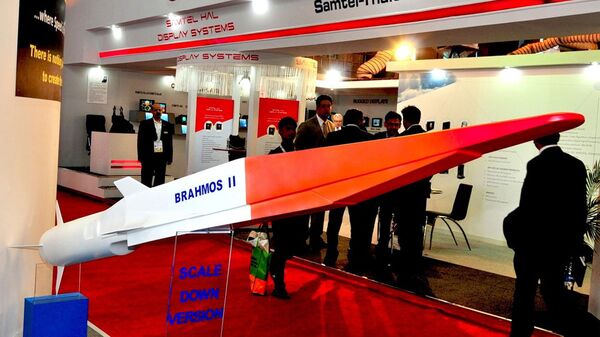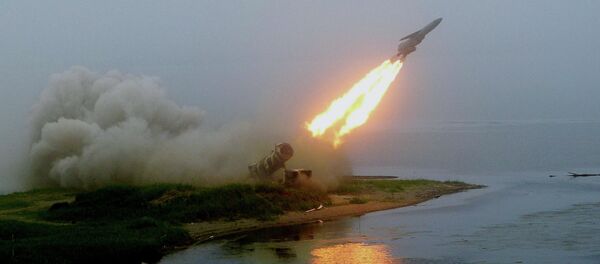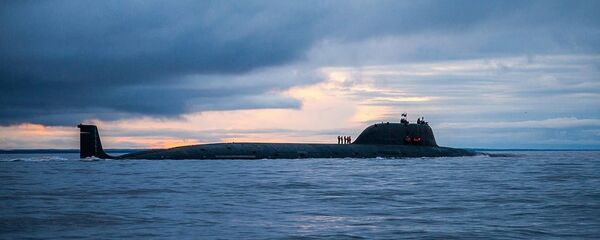Defense analysts said the test made US missile defense systems obsolete.
During an April 2017 trial, the missile flew at eight times the speed of sound, which makes it absolutely impervious to currently existing missile defense systems.
Six years ago, the head of Tactical Missile Weapons Corporation, Boris Obnosov, said they were developing a missile capable of flying at Mach 13.
According to unconfirmed reports, the Zircon is a modified version of the BrahMos supersonic anti-ship cruise missile – a joint Russian-Indian design based on the P-800 Onyx missile. Therefore, by analogy, the Zircon could have an effective range of about 400 kilometers.
In an interview with Sputnik, military expert Vladimir Tuchkov said that the Zircon missile system is expected to be added into Russia’s arsenal between 2018 and 2020.
The Zircon missiles could be installed on the nuclear-powered battlecruisers Pyotr Veliky and Admiral Nakhimov and later on fifth-generation multirole nuclear submarines.
The London-based newspaper The Times earlier wrote that Russia’s P-800 and Zircon 3M22 anti-ship missiles posed a very serious threat to the Royal Navy. The Mirror wrote that a single salvo of Zircon missiles could blow Britain’s two new aircraft carriers out of the water.
Britain’s carrier strike groups (CSG) would have to stay clear of the Zircons’ reach and their onboard aircraft would not have enough fuel to cover the distance.
The X-51A Waverider hypersonic cruise missile currently being tested in the US pales in comparison with the Zircon.
During an August 2014 test in Alaska, an X-43A generated a speed of 6,500 kilometers an hour (4,038 miles an hour) before burning up in the atmosphere seven minutes into the flight.
Russia’s Zircon 3M22 has seen no such mishaps since testing began in 2016.







